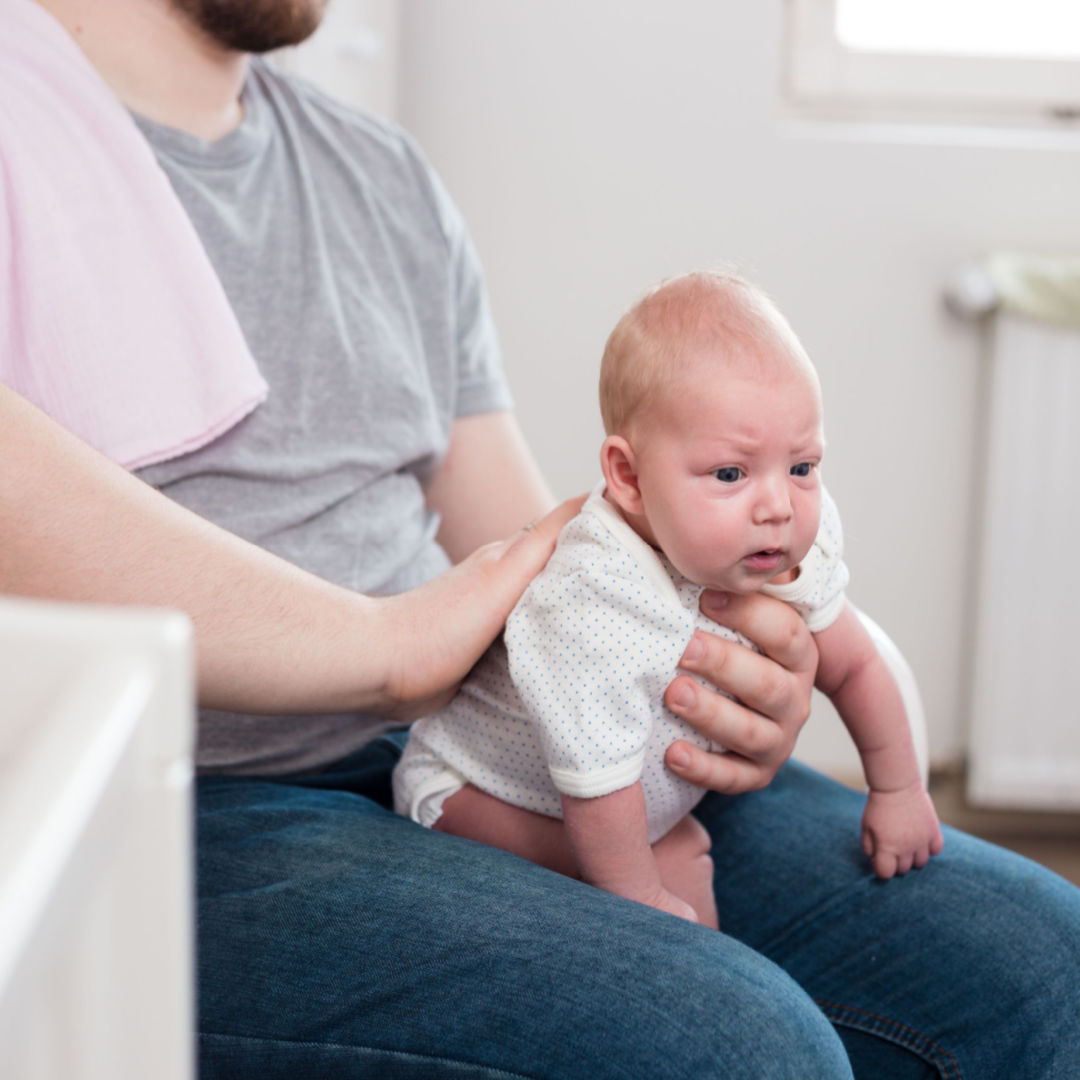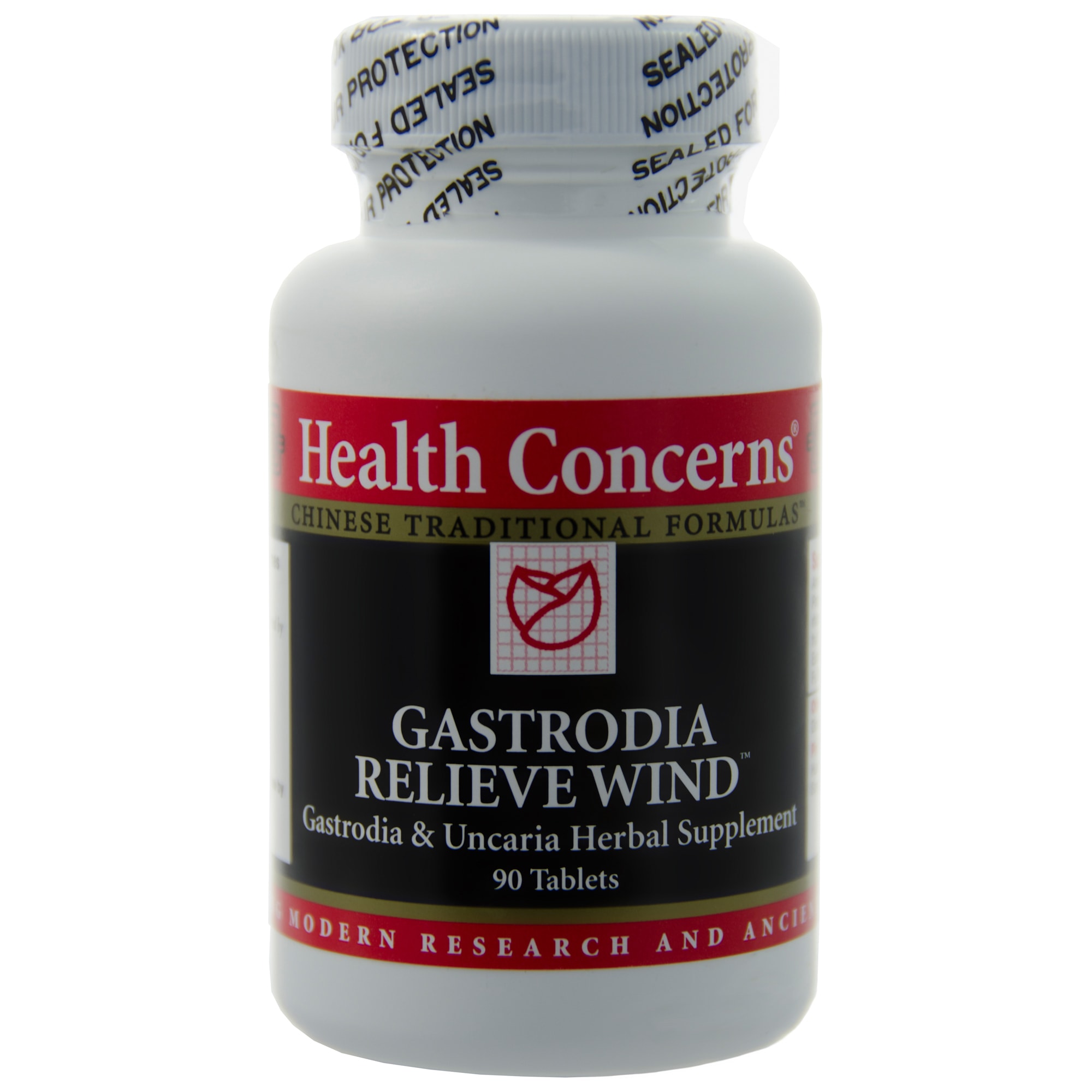One Of The Best Info About How To Relieve Wind In Babies

4) use a small amount of coconut.
How to relieve wind in babies. Try keeping your infant upright to help the wind get down and out. You can leave the nappy underneath them or place baby on a towel or puppy pad in case they wee. Some parents spend a lot of time trying to 'burp' their baby and this can be tiring when there may be no wind to bring up.
If you use a bottle, try to make. Once air passes through the stomach, there is little you can do about it except help it pass through. But remember, she may bring up some of her feed with it.
Hopefully wearing bub during the day can help. Babywearing is a great option for this as it allows bub to sleep (and close to you) in an upright position. Common signs your baby has trapped wind include:
A baby massage can also help with trapped wind in babies and in fact can also be a good way for mothers to bond with their new arrivals. Unfortunately, it's normal for babies to get trapped wind! It usually doesn’t need treatment.
If children are passing wind a lot and also have a sore tummy. 6 minutes the truth is, we all know how uncomfortable trapped wind can be. Swallowing too much air when feeding is the most common cause of baby wind.
Make sure the room is warm. Patting or rubbing your baby's back is the most effective way to get her to bring up wind. With your baby's chin resting on your shoulder,.
Burping your baby can also help to relieve hiccups too. While feeding, ensure they’re upright and not curled up. How to reduce the chance of trapped wind when feeding a baby.
Use gentle back rubbing and patting for a few minutes to bring up any wind. Over the counter colic drops, like infacol wind drops or infants’ friend oral liquid may help to bring up wind or air trapped in your baby’s tummy and can relieve. Massage teachers can show ways and.
The other hand will gently rub and pat your baby’s back. Reduce the flow of feed from the bottle or try a different teat size. There are a few ways to burp your baby.
Key points flatulence, or passing wind, is normal and necessary. Unfortunately, there’s no evidence that. When a baby pulls up their legs, arches their back, clenches their fists, goes red in the face and cries loudly, it’s easy to assume they have wind or ‘colic’.

















